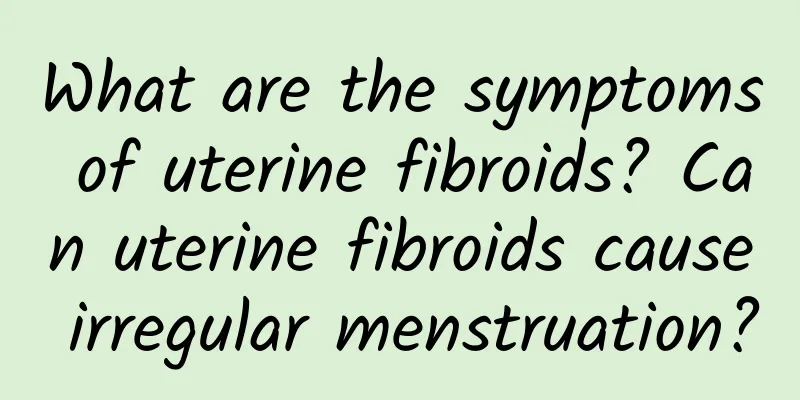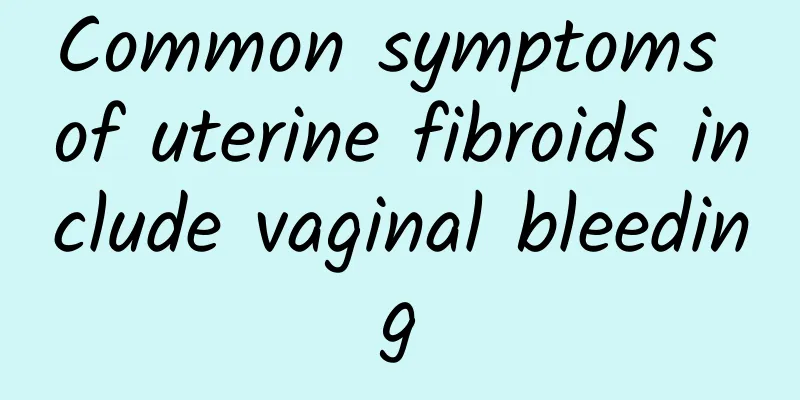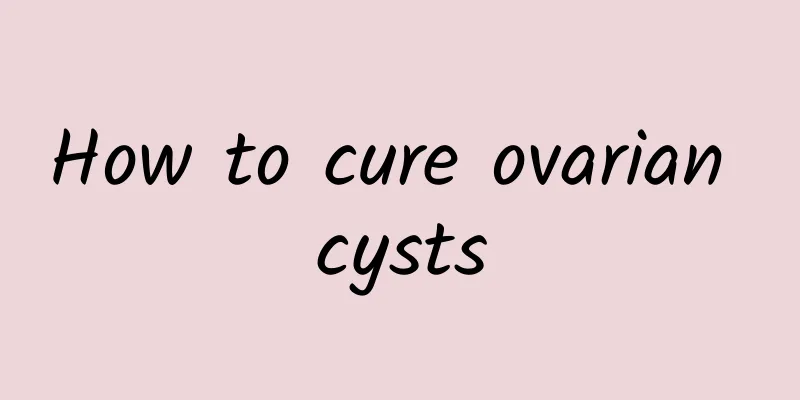Chronic pelvic inflammatory disease with bilateral adnexal masses

|
Chronic pelvic inflammatory disease may lead to bilateral adnexal masses, which may be related to chronic inflammatory infection, cyst formation or connective tissue hyperplasia. Under the premise of correct diagnosis, intervention methods such as anti-inflammatory drugs, surgical treatment and lifestyle improvement can be adopted to prevent the disease from getting worse. 1. Possible causes of bilateral adnexal masses in chronic pelvic inflammatory disease Chronic pelvic inflammatory disease may lead to chronic inflammatory reactions of pelvic organs (such as fallopian tubes, ovaries) and surrounding tissues, which in turn may cause bilateral adnexal masses. -Infectious factors: Infection with pathogens such as Escherichia coli, mycoplasma or chlamydia may cause chronic pelvic inflammatory disease, leading to inflammation and accumulation of fluid in the fallopian tubes and ovaries, and the formation of masses. -Cyst formation: Long-term inflammation may lead to changes in ovarian or fallopian tube function, such as ovarian cysts and hydrosalpinx, which are pathological changes that can easily develop into masses. -Tissue proliferation or adhesion: Connective tissue proliferation, fibrosis or pelvic adhesion caused by inflammation may also be the cause of adnexal masses. 2. Treatment methods and suggestions Chronic pelvic inflammatory disease with bilateral adnexal masses requires treatment based on the individual situation, such as medication, surgical intervention, and lifestyle adjustment. -Medication: 1. Antibiotics for anti-inflammatory purposes: For bacterial infections, such as amoxicillin clavulanate potassium or cephalosporins. 2. Traditional Chinese medicine conditioning: For example, the Herba Patriniae Decoction, which can clear away heat and detoxify, is effective for chronic inflammation. 3. Analgesics and anti-inflammatory drugs: When symptoms are obvious, non-steroidal analgesics such as ibuprofen can be used to relieve discomfort. -Surgery: 1. If the mass is large in diameter or there is a risk of rupture, laparoscopic surgery can be performed to remove the adnexal mass or further diagnose the cause. 2. Patients with severe hydrosalpinx can undergo fallopian tube resection or hydrosalpinx drainage surgery. 3. If the mass is suspected to be malignant, timely adnexectomy and pathological examination are required. -Lifestyle Improvement: 1. Diet adjustment: Pay attention to a low-fat, high-fiber diet, such as vegetables and fruits rich in vitamin C, and avoid spicy and greasy foods. 2. Regular exercise: Perform appropriate exercises such as yoga to improve blood circulation in the lower abdomen and enhance immunity. 3. Daily prevention and precautions Patients with chronic pelvic inflammatory disease should pay special attention to keeping the lower abdomen warm and prevent cold. In addition, regular gynecological examinations are required to monitor the condition to avoid recurrence or deterioration. If symptoms such as persistent abdominal pain and enlarged masses occur, timely review and adjustment of treatment plans should be made. Chronic pelvic inflammatory disease with bilateral adnexal masses may be related to multiple factors such as inflammation and cysts. Active treatment and daily care can help relieve symptoms and prevent more serious complications. Once abnormal symptoms occur, appropriate treatment options should be selected under the guidance of a doctor to protect reproductive health. |
<<: Can I get pregnant if I have chronic cervicitis?
>>: Is cervicitis an inflammation of the cervix?
Recommend
What are the main sources of infection for Bartholinitis?
Several reasons for inducing female Bartholinitis...
Be careful of irregular menstruation, it may be caused by negative emotions
Many women are prone to problems during their men...
Experts explain common diagnostic methods for cervicitis
The diagnosis method of cervicitis has always bee...
What are the dietary taboos for patients with ovarian cysts?
Ovarian cyst is a common gynecological disease an...
What causes biochemical miscarriage?
Biochemical pregnancy abortion refers to the abor...
What are the treatment measures for cervical hypertrophy?
Cervical hypertrophy is caused by long-term stimu...
Can female cervicitis be cured? Precautions for female treatment of cervicitis
Generally speaking, when cervicitis is not infect...
Can ovarian cysts be treated with puncture?
Can ovarian cysts be treated with biopsy? Ovarian...
How to treat uterine fibroids during 40 days of pregnancy?
If uterine fibroids are found after pregnancy, a ...
How about painless abortion
How about painless abortion? The reason why many ...
Why does my stomach hurt when I have a miscarriage? There may be these 4 reasons
After a miscarriage, the uterus will continue to ...
The role of curettage in the diagnosis of functional uterine bleeding
Diagnostic curettage is abbreviated as diagnostic...
If itching occurs, you need to suspect that it is vulvar leukoplakia
Itching is a common symptom of vulvar leukoplakia...
What are the symptoms of vulvar leukoplakia
Vulvar leukoplakia is very common among gynecolog...
Summer dietary taboos: excess or deficiency may cause health problems
As the temperature soars in the summer, the appet...









